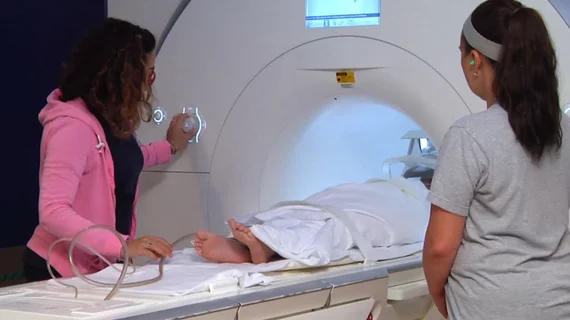MRI scans could be key to managing ADHD treatment
A new brain imaging study is giving experts insight into how medication used to treat ADHD works in the brain to soften symptoms associated with the neurological disorder.
Specifically, researchers focused on one of the most commonly prescribed ADHD medications, methylphenidate, a stimulant drug also known by the names Ritalin and Concerta. Experts used functional magnetic resonance imaging (fMRI) exams to complete a pair of scans—one after children had taken methylphenidate and one after they had taken a placebo—to monitor neural activity among kids diagnosed with ADHD in comparison to a group of typically developing controls, who did not receive any sort of medication.
The scans revealed atypical activity in areas and networks of the brain known to play a role in dopamine signaling and behaviors relative to attention and focus—the nucleus accumbens (NAc) and the salience, frontoparietal and default mode networks. The increase in this neural activity was most notable in the children with ADHD following the administration of methylphenidate, which confirms a long-standing hypothesis that the medication intervenes in reward and cognitive control systems in these children.
“Medication-induced changes in cognitive control networks result in more stable sustained attention. Our findings reveal a novel brain mechanism underlying methylphenidate treatment in ADHD and inform biomarker development for evaluating treatment outcomes,” explained one of the study’s lead researchers, Vinod Menon, PhD, of the Department of Psychiatry and Behavioral Sciences at Stanford University School of Medicine.
In addition to the fMRI exams, researchers also had the children with ADHD complete a standardized task to assess whether methylphenidate administration had any impact on their focus. These children were reported to perform better on attention tasks when using the medication.
The researchers were able to replicate these findings in two additional independent cohorts, which further confirmed the mechanism by which methylphenidate tempers some of the symptoms associated with ADHD.
The authors suggested that these findings could be used to implement the use of imaging biomarkers to measure treatment outcomes in children affected by ADHD.
The study abstract can be viewed in Biological Psychiatry: Cognitive Neuroscience and Neuroimaging.

